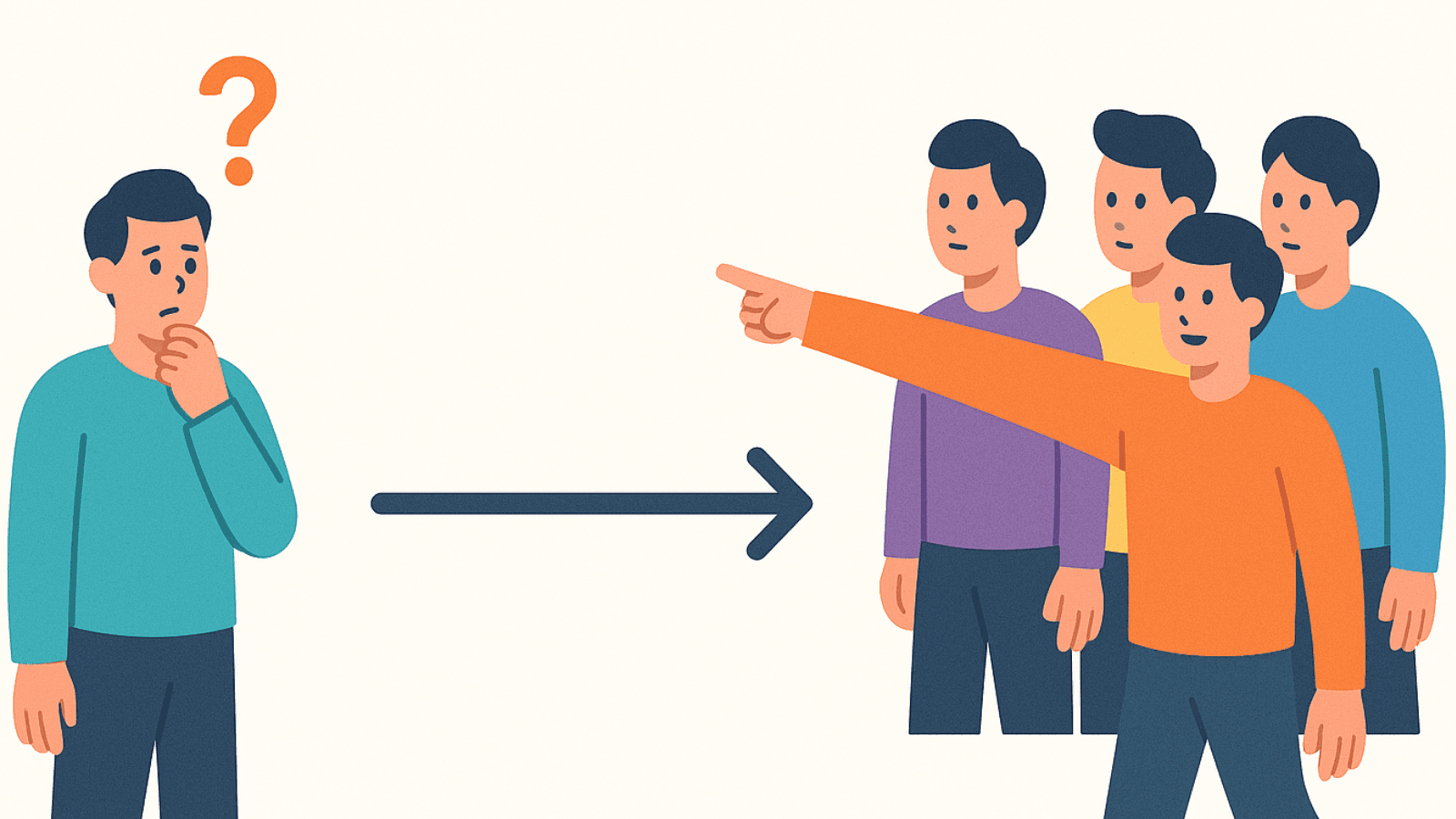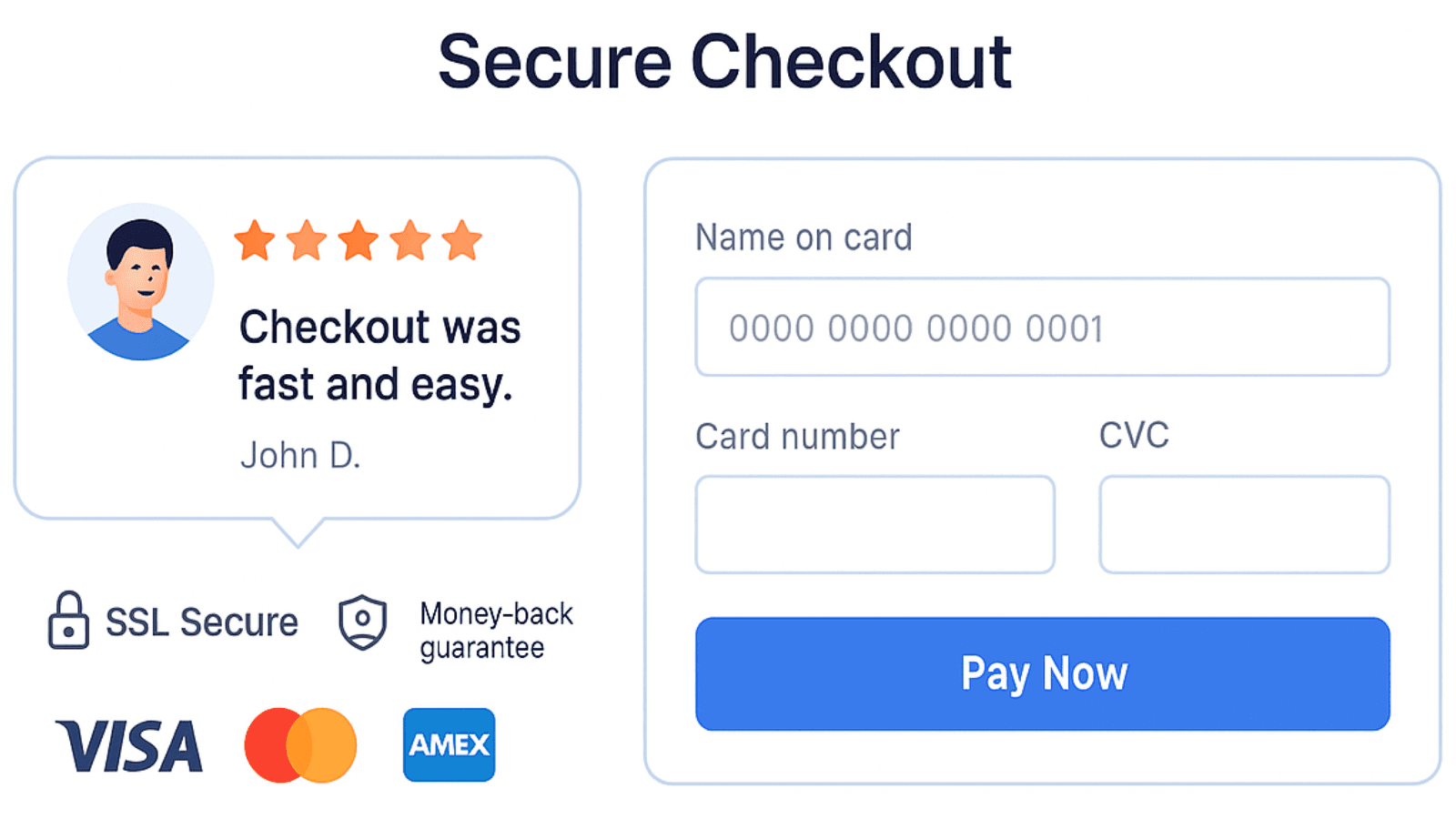Introduction
Why do people look up when others do? Why do we check star ratings before ordering food? That’s social proof at work.
It’s not just a marketing trick — it’s a psychological reflex: when in doubt, follow the crowd.
Social proof builds trust, credibility, and momentum. Done right, it can be the difference between a visitor bouncing and a visitor converting.

The Psychology Behind Social Proof
Humans are wired to avoid risk. When making decisions, we instinctively look for cues from others.
Psychologists call this informational social influence — we trust the group to know what’s best.
In practice, this means:
- Reviews & ratings shortcut trust.
- Logos & case studies lend authority.
- Live activity counters (e.g., “32 people booked this today”) create urgency.
Why social proof works

When uncertainty is high — like paying for something online — proof that “others did it and survived” removes the fear factor.
Types of Social Proof You Can Use

Where to Place Social Proof

Strategic placement makes the difference.
- Landing pages — top-fold trust signals (logos, review counts).
- Pricing pages — short quotes next to each tier.
- Product pages — counters (“1,200 reviews”), embedded widgets.
- Checkout flow — final reassurance (guarantee + review snippet).
Rule of thumb: Place proof exactly where doubt peaks.
Common Mistakes to Avoid
- 🚫 Overloading: too many badges/logos = clutter, not trust.
- 🚫 Fake reviews: kills credibility instantly.
- 🚫 Irrelevant proof: don’t put enterprise logos if you sell to SMBs.
Authenticity always wins. Better to show fewer, but real.
Conclusion
Social proof works because it’s human nature. Combine the right type, in the right place, with authenticity, and you’ll turn skepticism into confidence — and confidence into conversions.
Next step: Read How Authentic Reviews Boost Conversions to see the most powerful proof in action.



